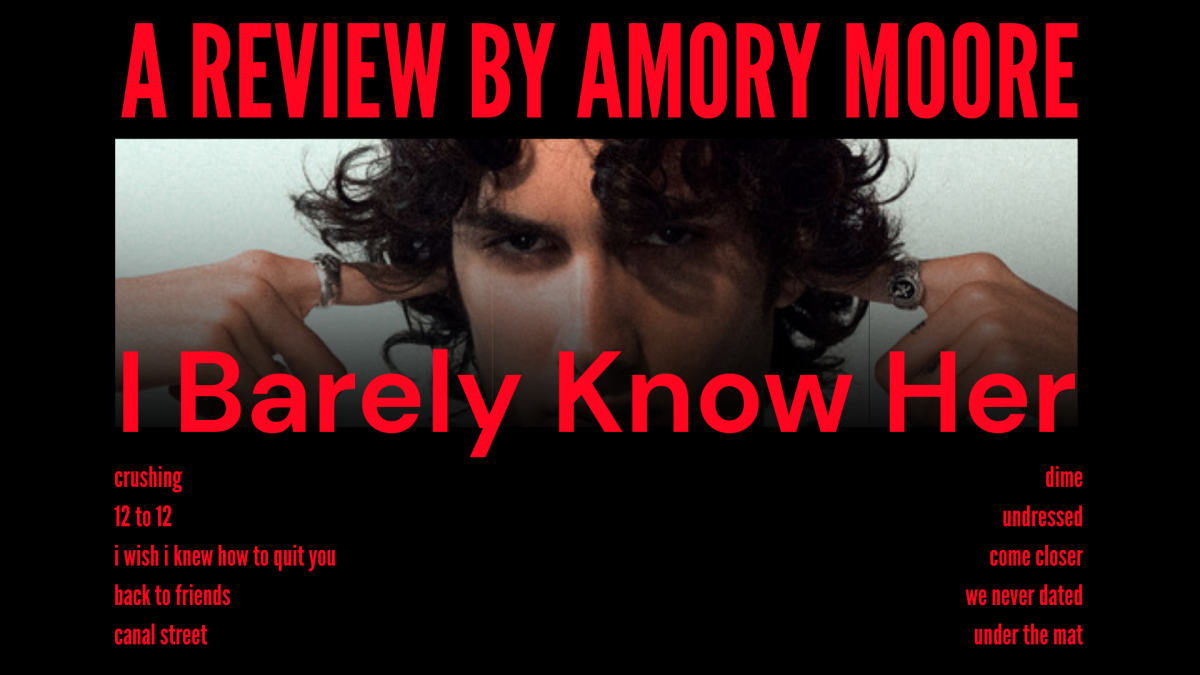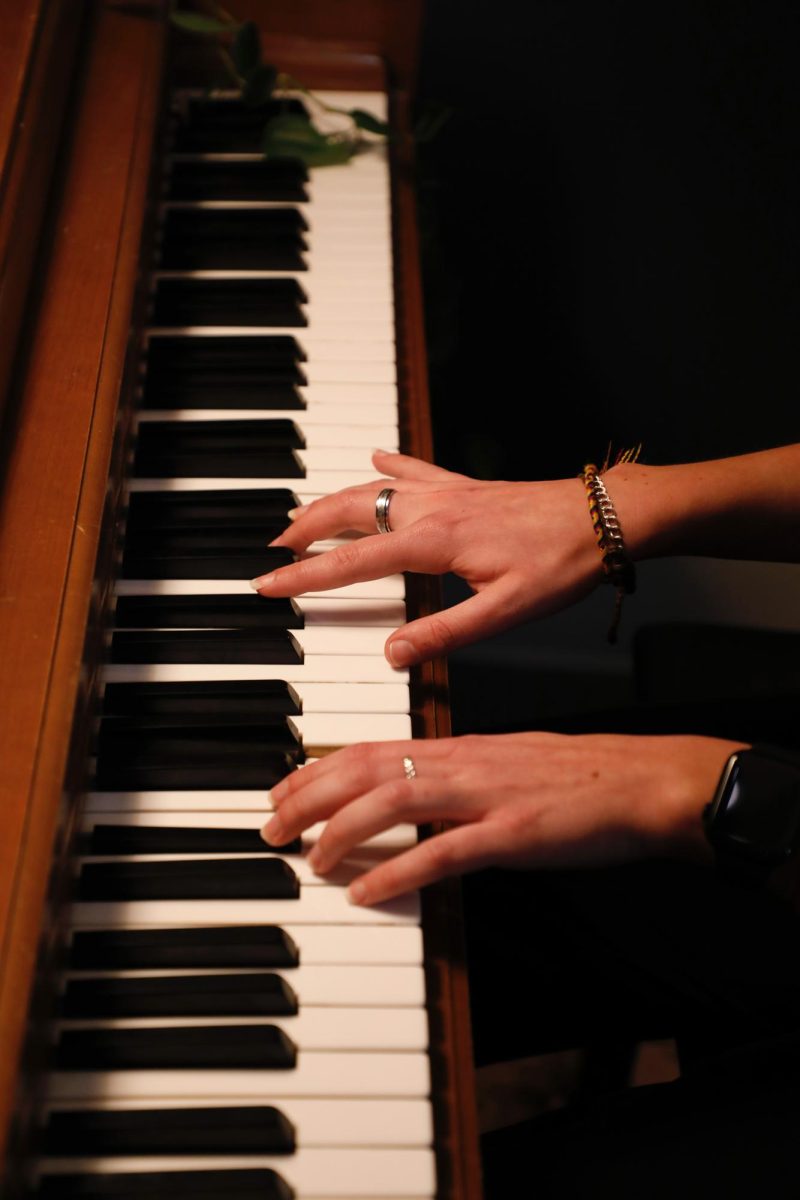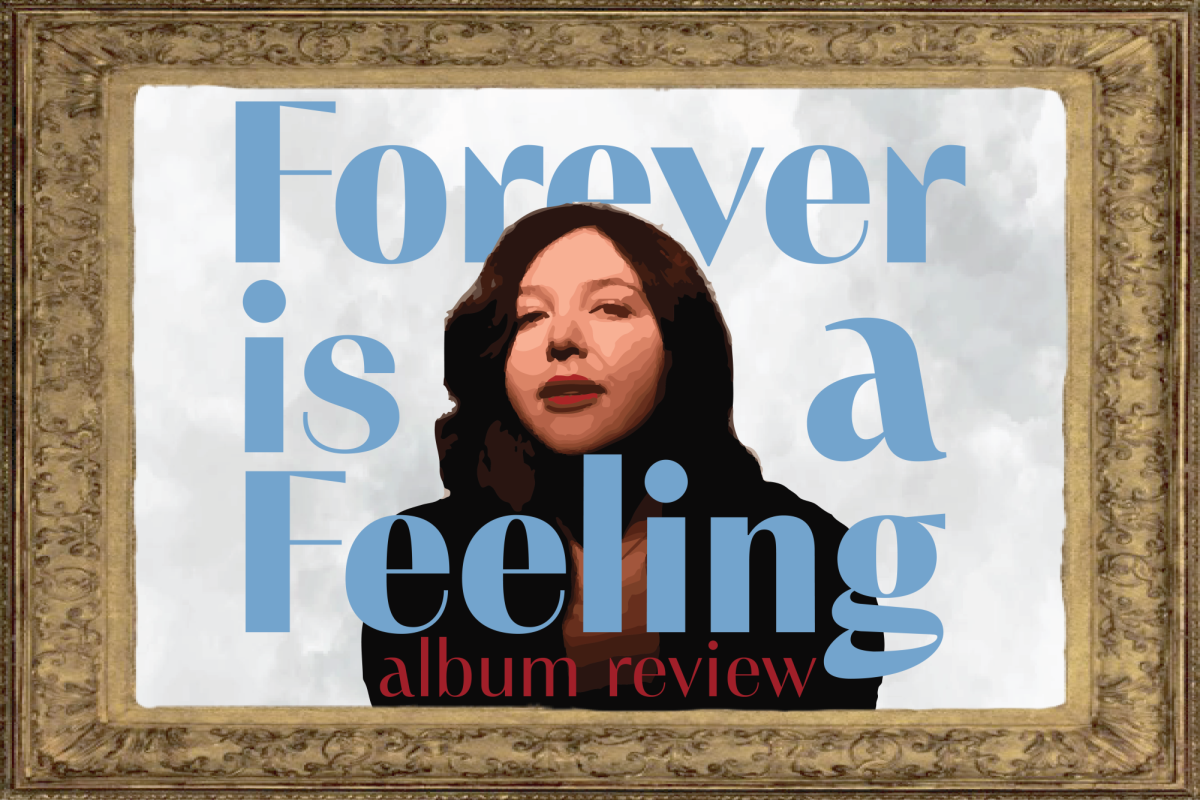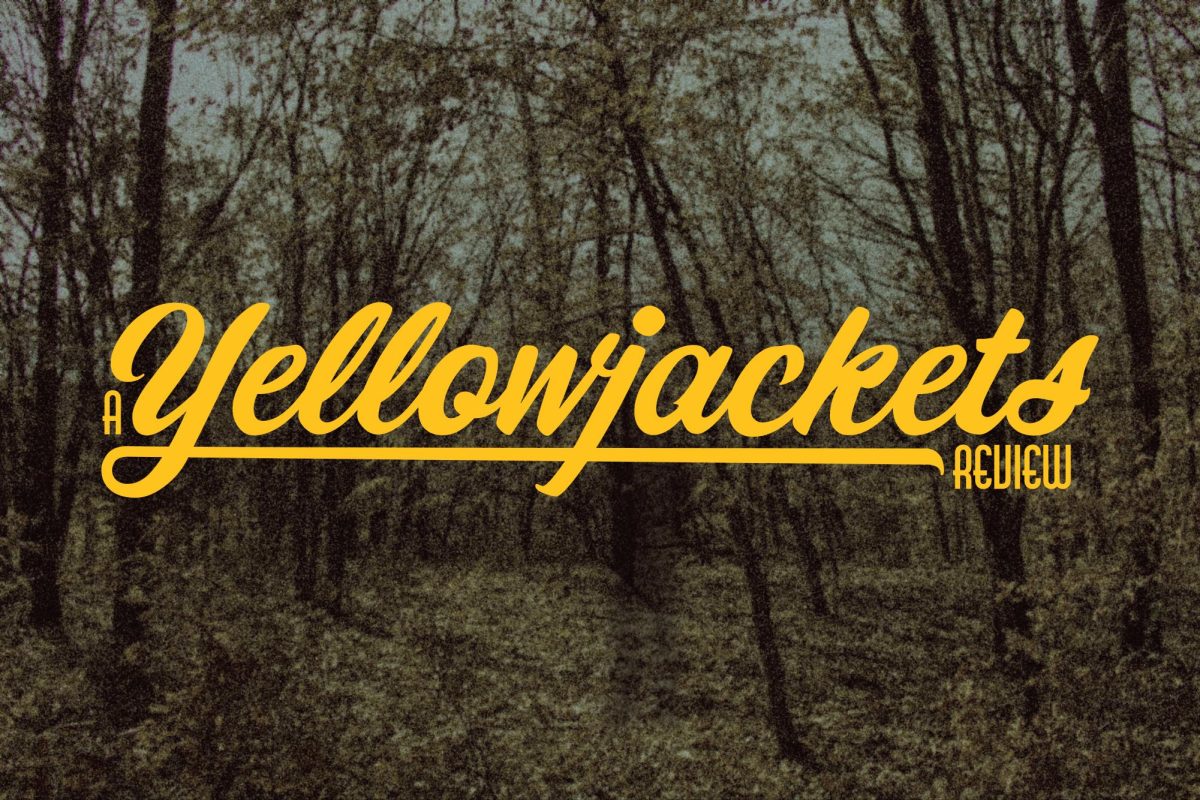Directed by Danish filmmaker Rikke Nørgaard, “Eventually” could be described as a documentary within a documentary. It centers around the long-lasting, complex romantic relationship between two of Nørgaard’s real-life friends, Malik and Laura.
After meeting at a bar several years prior to the film’s opening, Malik and Laura developed a sexual relationship that soon became something more. Regardless of occasional poor communication and time spent apart, they managed to stay emotionally tied to each other for years. However, neither party used the boyfriend-girlfriend label during their situationship.
Nørgaard asked Malik and Laura to separately direct scenes from their relationship using actors. In the process of filming, each party individually documented different situations from their own memory, explaining the lead-up to each scene as well as more subtle, emotional cues.
For example, in a park scene where they decided to part ways, Laura noted that Malik’s reaction was stoic rather than passionate.
After shooting wrapped, the two sat down together to watch what they created. In the process, viewers witnessed the raw, emotional vulnerability between Laura and Malik. From highs to lows, the pair explained everything — from how they met to where they are now — in a way that left much to the imagination while still crafting a compelling story.
Facial expressions and mannerisms often made up for what they did not express in words, allowing viewers to note the physical chemistry between them as they watched their story unfold.
In her project, Nørgaard depicted the “will they/won’t they” trope in a traditional way, describing why their relationship did not progress. However, their chemistry on screen was invaluable in showing how much they meant to each other — titles or not.
Her work toes an interesting line between documentary and slightly depressing romantic comedy. Although the footage was not from Malik and Laura’s relationship, it told a story in retrospect that describes why they were unable to break their relationship off.
Nørgaard’s relationship with her subjects is what made this documentary work. Projects that get up-close-and-personal with people — especially about their romantic lives — require immense trust between the director and those portrayed. Had Nørgaard been a stranger, her ability to capture these intimate moments would have been limited.
The intersection between a real-life relationship, documentation and reaction to that documentation was truly genius in explaining both sides of the story in an unbiased manner. These were not characters in a movie but people who had a close relationship with the director and felt comfortable divulging intimate details about their time spent together.
Although it is not exactly a “happy ending” kind of story, what Malik and Laura have is breathtakingly realistic. While not official, their love for each other is admirable and clear for anyone to see — even through a screen.
The film made its True/False Film Fest debut in Columbia on Thursday at Big Ragtag. It also played Saturday at Big Ragtag and Sunday at the Rhynsburger Theatre.
Edited by Lucy Valeski, [email protected]








